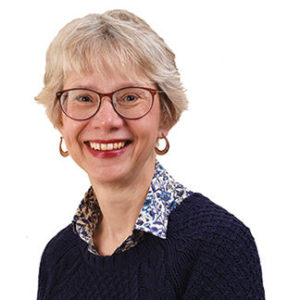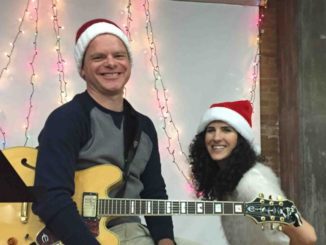
Everyone has seen movies such as “A Beautiful Mind” and “Hidden Figures” where math whizzes work out complex equations on blackboards, leaving the audience dazzled. But many people remember mathematics as being a difficult subject at school, especially with geometry, algebra, trigonometry, and calculus in the higher grades. Students today face the added challenge of EQAO testing in Grades 3, 6 and 9, and many university programs, such as business and economics, require at least one Grade 12 math credit for admission.
In response to parental concerns about the difficulty and importance of math today, Caroline Rosenbloom, the vice-principal at Bessborough Elementary and Middle School, initiated an event called “Parents Only Math Night” two years ago. Ms. Rosenbloom has an extensive background in math as she was a math instructional leader at the TDSB and an education officer for the Grade 6 EQAO Test.
The “Parents Only” night was such a success that the school’s teachers suggested it be brought back this year, and so it was – on February 8 in the school’s library. The purpose of the evening session was to enable parents to understand and experience the mathematics curriculum for themselves. As Ms. Rosenbloom said, “It gives parents the opportunity to ask questions about a curriculum and teaching style that is very different from what they remember in their own school days. The focus is on computational skills, questioning and the difference between Level 3 and Level 4 work.”
Ms. Rosenbloom began by explaining how to interest students in math puzzles to show them that math is fun rather than intimidating. With parents seated in table groups based on the grades of their children, she led them in a variety of exercises to demonstrate different ways to work through sample computations in their heads rather than writing the work down as was done in the past.
For example, 9 x 30 can be thought of as 10 30s or 300-30, leaving the correct answer of 270. She assured the audience that it is all about breaking down the numbers and looking at them in different groupings. Grade 2 teacher Karen Ho said that using different ways to get answers allows the teacher to reach students at different levels. This type of “differentiated learning targets both students who are struggling and those who excel at seeing all the possible ways of answering the questions.”
To display the fun side of math, the teachers and Ms. Rosenbloom equipped each table with several different activities such as word problems, puzzles and a game with string that presents a probability problem. But the most challenging was the “Frog Game,” where parents acted as green and yellow frogs which had to trade places on their lily pads following a rigid set of rules. All of these games serve to demonstrate that there are many different strategies for finding a solution and students must experiment to find out what works for them.
By having them do the actual exercises, Ms. Rosenbloom finds that parents understand them better, and the experience illustrates the point that the new method of teaching math does not require memorizing formulae, but instead creates thinking and discussion about math problems so that students have to come up with strategies, not just answers. As Grade 6 teacher Sarah Buksner said, “It helps parents to understand this new style of teaching and makes them feel less frustrated when helping their children.”
Ms. Rosenbloom ended the session by providing practical tips for helping students with math. The first suggestion was to take field trips to places like the Science Centre to see math and science in action. Playing games as a family is not only fun, but encourages children to ask questions and builds their confidence. Most importantly, she urged parents to help their children work through math problems with guiding questions so they can better understand and articulate the process they used. A final tip was information about helpful websites such as one from the UK called www.nrichmaths.org, and a reminder that the school lists resources in their weekly bulletin.
Robyn Israel, co-chair of the school council, summed up the evening, commenting that parents at Bessborough appreciate the high level of communication among the administration, staff and parents. For example, the weekly bulletin is packed with information about the upcoming week, teachers have been known to send photos and videos of the children at work, and many of the staff have Twitter accounts available to the parents.
For more information about the math evening, visit www.mathplay.net and click on “Presentations”. Keep watching the school website for news on more events.





